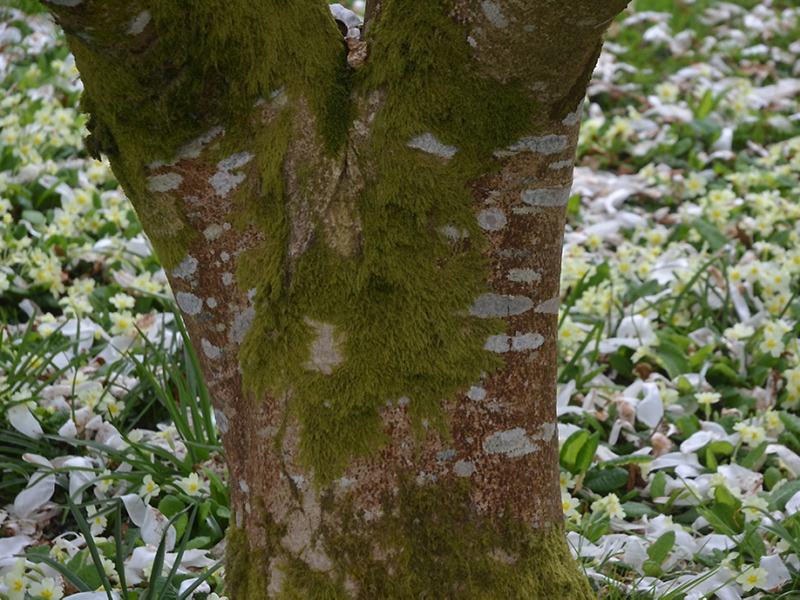
Woody > Magnolia > Magnolia salicifolia > Magnolia salicifolia 'Wada's Memory'
Magnolia salicifolia
'Wada's Memory'
Wada's Memory Magnolia
Origin: Magnolia x kewensis is a cross between M. kobus and M. salicifolia that has been recorded as occurring where the range of both species intersect in their native Japan and in cultivation. 'Wada's Memory' was selected seed sent from Japan by K. Wada and Brian Mulligan of the Washington Park Arboretum who named the superior clone for his friend in 1959.
| Family |
| Magnoliaceae |
| Genus |
| Magnolia |
| Species |
| salicifolia |
| Cultivar |
| 'Wada's Memory' |
| Category |
| Woody |
| Type |
| Tree (deciduous) |
| Synonyms |
| Magnolia x kewensis ‘Wada’s Memory’ |
| USDA Hardiness Zone |
| 5 - 8 |
| Canadian Hardiness Zone |
| Above 6 |
| RHS Hardiness Zone |
| H6 |
| Temperature (°C) |
| (-32) - (-7) |
| Temperature (°F) |
| (-25) - 20 |
| Height |
| 5 - 9 m |
| Spread |
| 3 - 6 m |
Photographs
Description and Growing Information
Flowering Period
| General Description |
| A popular magnolia that has white flowers 10 - 15 cm in diameter, produced in profusion in March and early April. Emerging leaves are bronze and fade to green as they mature. |
| Landscape |
| A large specimen Magnolia where it should be planted to realize its full form. Blooms are frost sensitive so plant in areas with free air circulation. |
| Cultivation |
| Grow in moist but well-drained neutral to acid soil in sun or partial shade. Late frosts may damage flower buds. It flowers best when planted in full sun to light or open shade. |
| Shape |
| A pyramidal form. |
| Growth |
| Fast |
| Bark/Stem Description |
| A multi-stem tree, young bark is light brown matures to an even grey colour. |
| Leaf Description |
| The leaves are obovate, simple, alternate, 10-20 cm long, and dull green in the summer turning a full, dull yellow in autumn. |
| Flower Description |
| Star-shaped pure white and fragrant flowers. The flowers very numerous and fragrant, appear on the tree before the leaves. |
| Fruit Description |
| This tree rarely bears fruit, but when they do it ripens to red, is 10 cm long, asymmetrical and matures in August through September. |
| Colour Description |
| Dull green leaves in the spring and summer turning a full, yellow in autumn. The flowers are pure white . The bark is light brown maturing to an even grey. |
| Texture Description |
| The plant is medium to coarse in texture. |
| Notable Specimens |
| Caerhays Castle, Goran, Cornwall, United Kingdom. Lanhydrock House and Garden, Bodmin, Cornwall, United Kingdom. |
| Propagation |
| By grafting , softwood cuttings in spring or early summer, and semi-ripe cuttings in late summer and autumn. |




